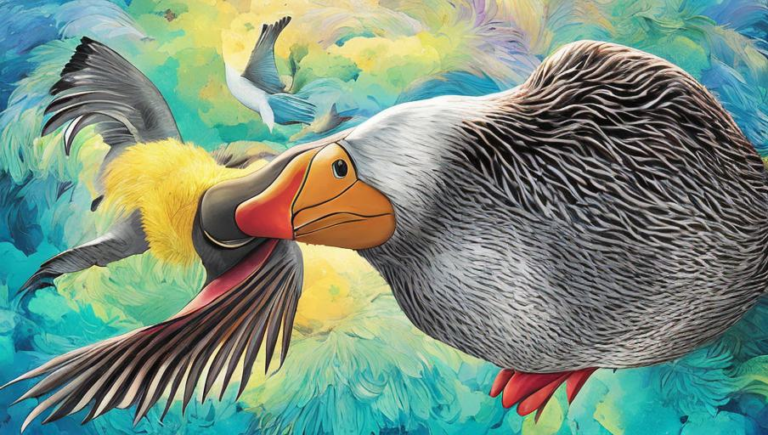Fascinating Adaptations of the Albatross

Introduction
The albatross is a large seabird found in the Southern and Northern Hemispheres. With a wingspan of up to 11 feet, the albatross is one of the largest birds in the world. They can fly hundreds of miles without ever flapping their wings and have been recorded reaching speeds of up to 80 mph! The albatross is an amazing creature with many fascinating adaptations for surviving and thriving in their oceanic habitat.
Flight
The albatross has adapted to be a masterful flier. They soar on air currents and make use of ocean winds to stay in the air for long periods of time. They can also glide on updrafts of warm air to keep their wings outstretched without flapping. This ability to stay in the air without flapping their wings helps them conserve energy and maintain their impressive speed.
Feathers and Skin
The albatross’ feathers and skin are designed for maximum efficiency in the air. The feathers are specially adapted to reduce air resistance and enable the bird to soar and glide with ease. The skin on the albatross’ wings is also designed to be waterproof and reduce friction when gliding through the air. This combination of features makes the albatross an exceptionally efficient flier.
Dive and Feed
The albatross is an excellent diver and has developed a unique method of diving for food. They use their wings to “scoop” up prey from the surface of the water while they are in flight. They also have powerful wings that allow them to dive deep underwater to feed on squid, fish, and other prey. To reduce drag underwater, the albatross tucks its wings against its body and uses its feet to propel itself.
Navigation
The albatross is an expert navigator and capable of flying great distances without ever getting lost. They are able to sense subtle changes in wind direction and use the Earth’s magnetic field to orient themselves in the air. They also use landmarks to help them stay on track and have an impressive ability to remember the locations of favored feeding spots.
Migration
The albatross is a migratory species and can travel thousands of miles during their migrations. They use the wind currents to travel and can cover vast distances in a short amount of time. They are able to rest by gliding on air currents and their expert navigation helps them stay on track. The albatross’ impressive migratory ability also helps them find food and suitable nesting sites.
Conclusion
The albatross is an incredible creature, with many fascinating adaptations for surviving in its oceanic habitat. Their ability to fly, dive, navigate, and migrate are some of the most impressive adaptations found in any bird. The albatross is a tribute to the power of adaptation and a reminder of the importance of conservation and protecting these amazing creatures.





